Estimated reading time: 0 minutes
The gas block is a critical part of an AR15’s operating system. There are two types: non-adjustable and adjustable. Both a fixed gas block and an adjustable block perform the same function. The difference between the two is that the adjustable block can be—you guessed it—adjusted. Your AR15 likely came from the factory with a fixed gas block. You won’t need to swap it for an adjustable gas block unless you decide to shoot suppressed, reduce the barrel length, or shoot a variety or a specific brand of ammo. Perhaps you want to reduce recoil?
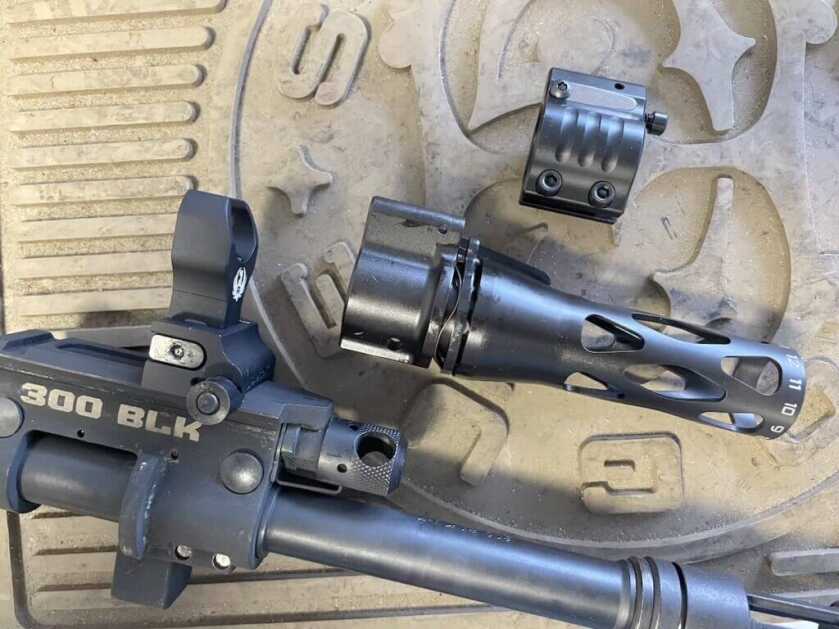
Table of contents
What Does An AR15 Gas Block Do?
An AR15’s gas block is located above the barrel toward the muzzle. It fits over a small hole on the top of the barrel. When a round is fired, some of the gas pushing the bullet out of the barrel is channeled via the hole in the barrel, into the gas block, and then down the gas tube to the upper receiver. The gas pushes against the bolt carrier group, to extract and eject the spent cartridge case, cock the hammer, and load a new cartridge. A standard gas block allows a fixed amount of gas to flow from the barrel to the gas tube. An adjustable gas block allows the user to fine-tune the amount of gas that flows to the upper receiver.
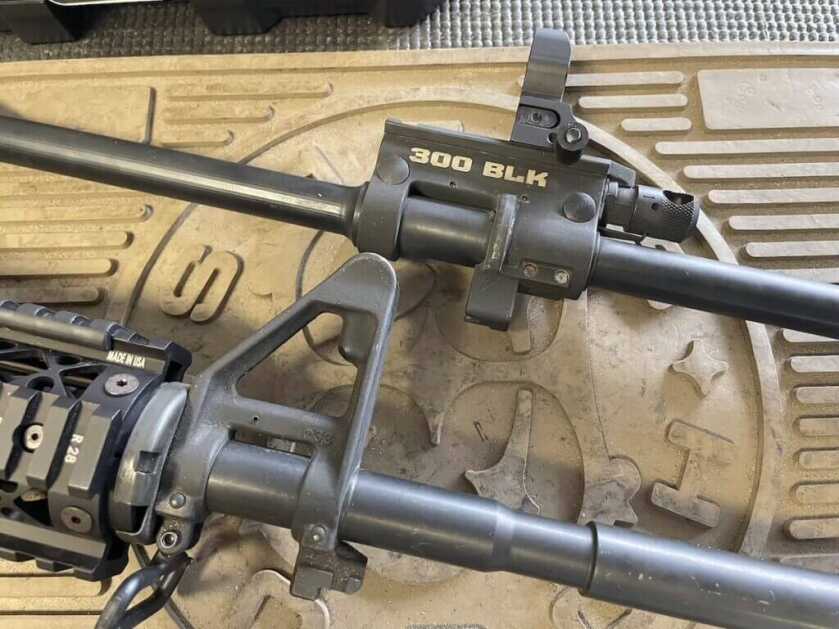
Benefits Of A Fixed Gas Block
The benefit of a fixed gas block is that it lets in a certain amount of gas from the barrel that is consistent and reliable.
AR15 manufacturers don’t know what type of ammunition you are going to run in your gun. You may run subsonic, hypersonic, or both. To compensate and ensure the rifle will function, manufacturers typically overgas their rifles so the rifles will cycle on any type and quality of ammunition.
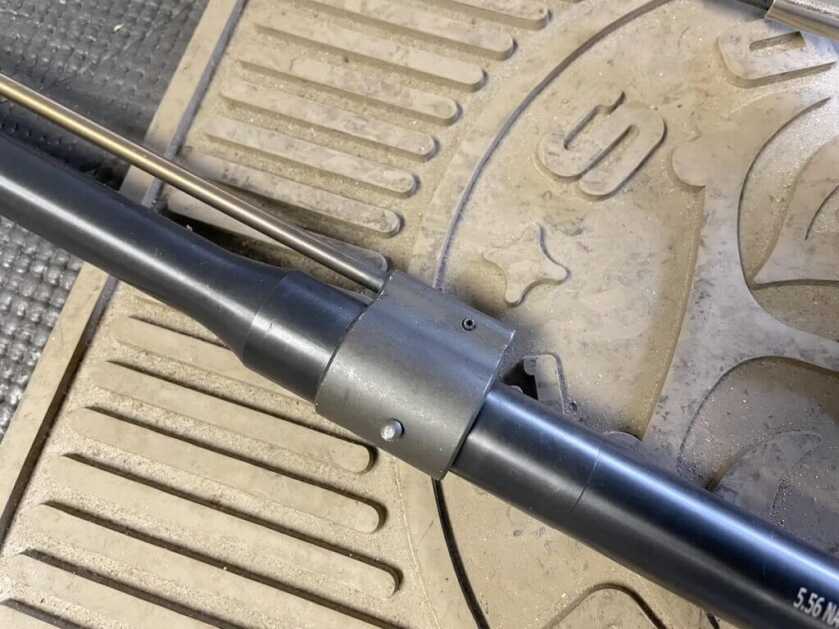
Benefits
The advantage of an adjustable gas block is that it allows the user to use different types of ammunition—subsonic versus hypersonic—and add a suppressor. Not all ammo is the same even though it is the same caliber and uses the same size and shape bullet. Some ammunition can produce more gas pressure than others.
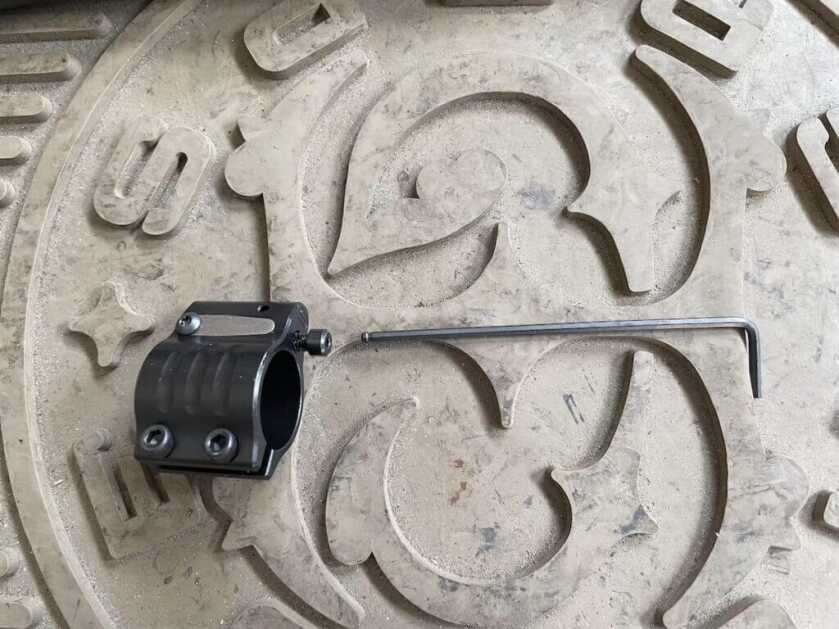
With an adjustable gas block you can adjust the amount of gas to ensure consistent performance and reliability. Without an adjustable block, you are going to get blowback when shooting suppressed. Other added benefits include better recoil management for faster follow-up shots as well as smoother cycling. As the amount of gas is reduced, the wear on internal parts is reduced, which helps extend the life of your rifle. A screw is usually the method used to adjust gas. Some adjustable gas blocks have a knob to set adjustments.
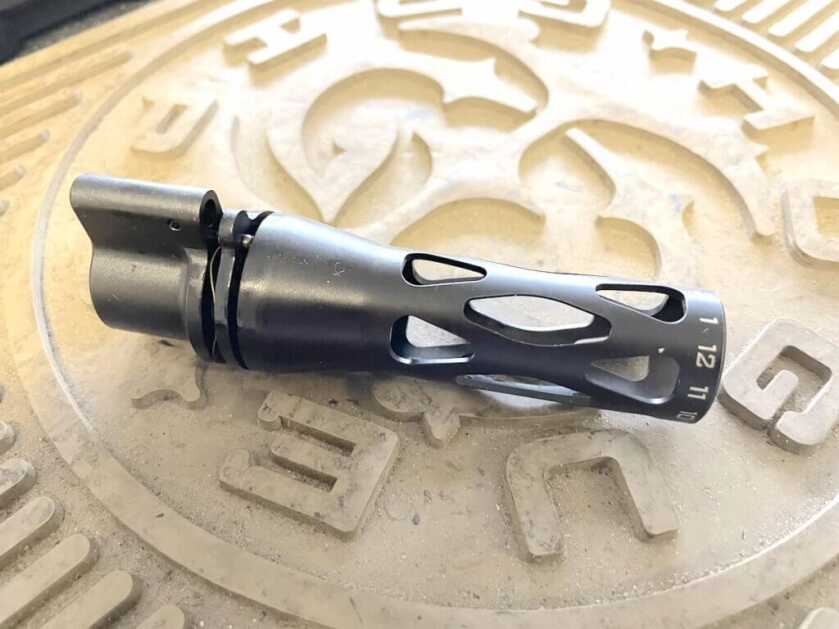
READ MORE: Are adjustable Gas Blocks Required? How To Adjust a Gas Block & Gas Block Recommendations
Myth About Adjustable Blocks
A myth about adjustable gas blocks is that they will provide more gas if your AR15 is under-gassed. The hole in the barrel dictates how much gas flows through the AR’s gas system. Adding an adjustable gas block will not increase the amount of gas and will not solve the problem of an under-gassed rifle.
How Gas Blocks Attach To An AR15 Barrel
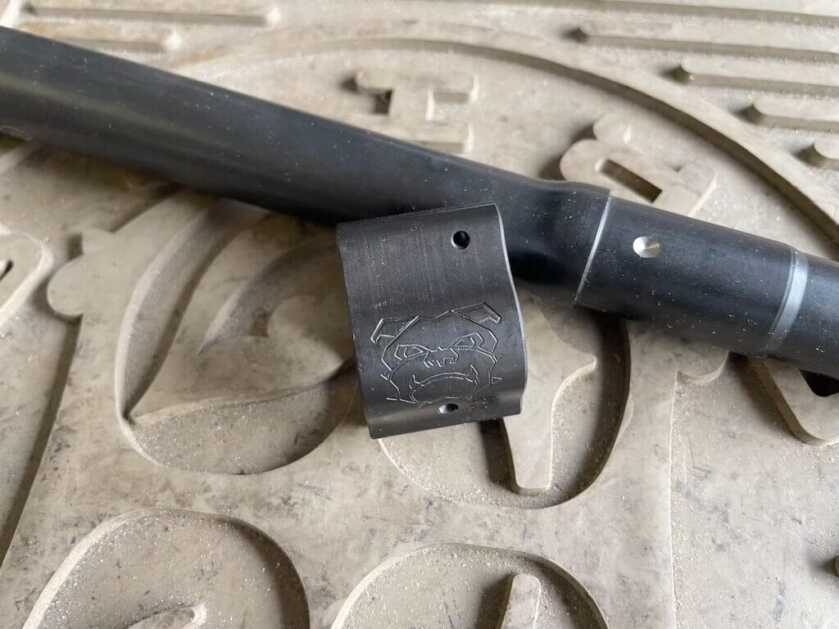
Pinned
There are three ways a gas block attaches to an AR15 barrel: pinned to the barrel, set screws, or clamped on. An example of a pinned gas block is the mil-spec A2 front sight. Many Military-issue rifles and carbines use this triangle-shaped sight. Pinning a gas block to the barrel is a very strong method of attaching the gas block. The barrel is modified when the gas block is pinned to it.
Set screws
Low-profile gas blocks—both fixed and adjustable—are either pinned in place or use set screws or a combination of both. Typically two set screws pull the gas block into the barrel and tighten up against the bottom barrel. Be aware that the screws can loosen after shooting so use red Loctite and torque the screws down at 25 to 30 in.-lb. Sometimes small dimples are made in the barrel for each of the set screws to engage.
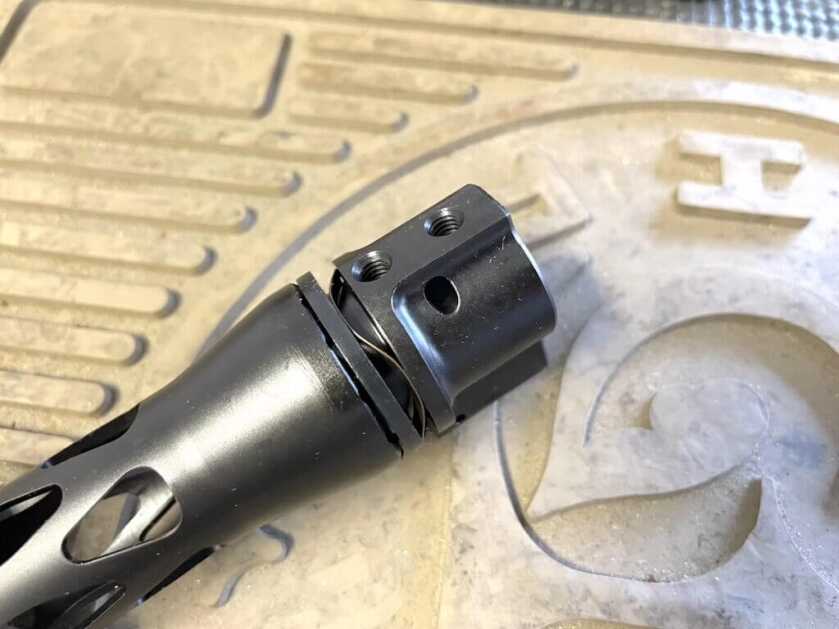
Clamp-on gas blocks
Clamp-on gas blocks typically use a pair of screws and, as the name implies, clamp the gas block to the barrel without modifying or marring the barrel. Again follow the manufacturer’s instructions and torque the screws to the specs.
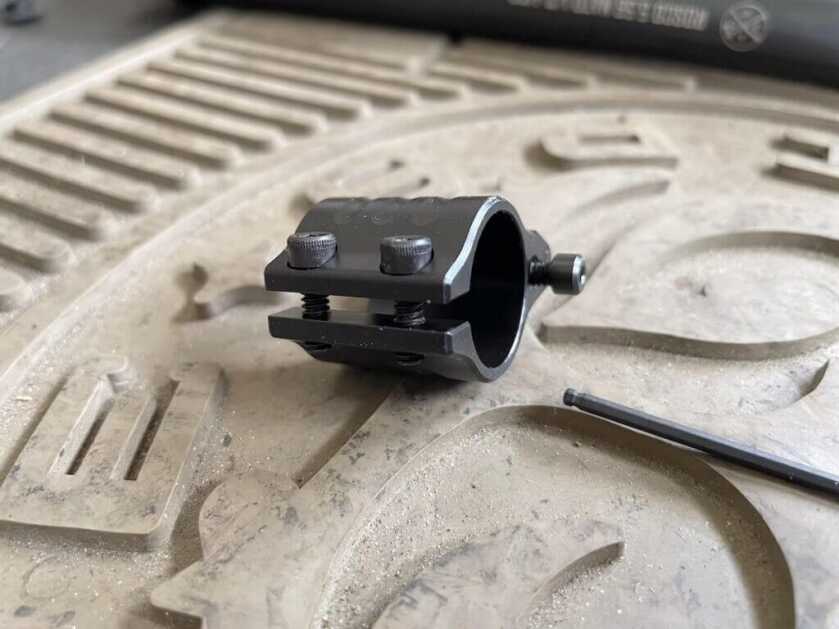
Do You Need An Adjustable Gas Block?
You might not need an adjustable gas block. On my defense rifle, I use a fixed gas block. I know the rifle will function with any ammo I feed it. I’d suggest an adjustable gas block if you are fine-tuning your rifle for a specific load be it for hunting or competition. I’d also recommend an adjustable gas block if you run a suppressor. Finally, if you want to reduce some felt recoil, an adjustable gas block is the way to go.
*** Buy and Sell on GunsAmerica! ***

